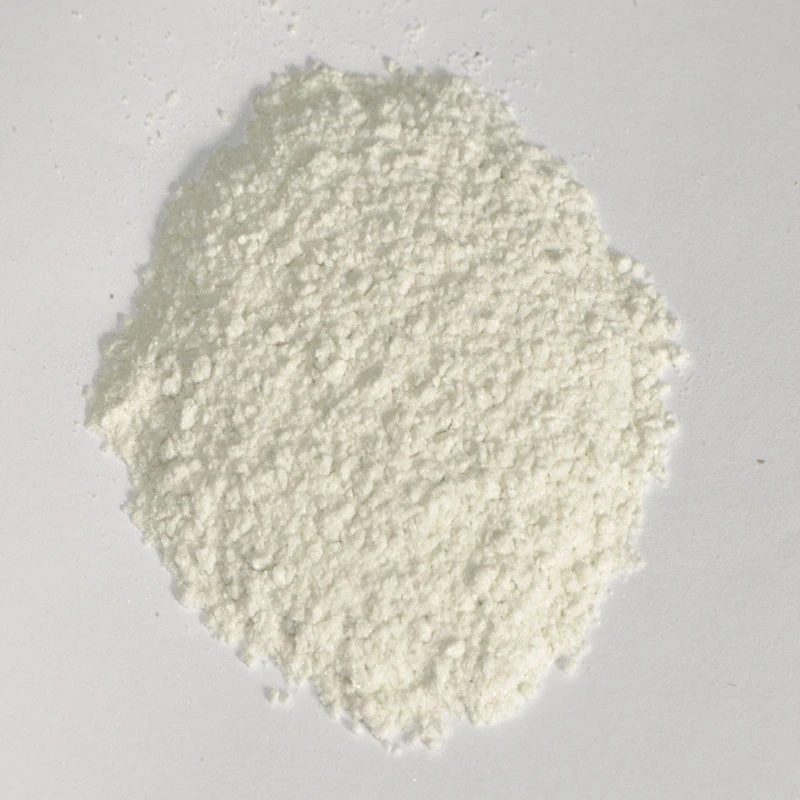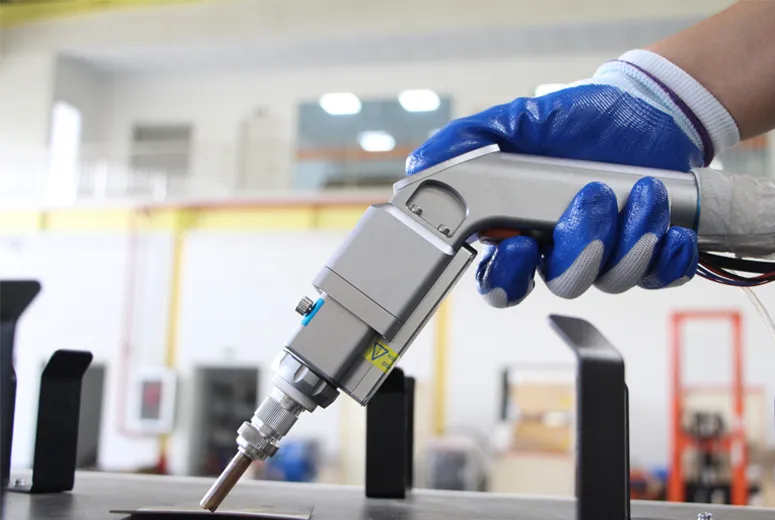Feb . 20, 2025 09:19
Back to list
40-D Mica Powder
Mica powder, a versatile and radiant natural substance, has found its way into a myriad of applications, from cosmetics to intricate craftwork. This finely milled mineral, known for its shimmering quality, is not only a staple in the beauty industry but also prized in various artistic and industrial uses. Many may ask what exactly constitutes mica powder, and why is it so valued across such diverse fields?
Mica powder is also valued in the industrial sector. In the realm of manufacturing and production, it's used in the production of paints and coatings. Here, mica's reflective properties are employed to create finishes that are both aesthetically pleasing and functional. For automotive paints, for example, mica not only adds sparkle but also enhances durability. Its resistance to UV radiation and weatherability makes it an essential material in high-performance coatings, contributing both to the product's longevity and visual appeal. Additionally, mica finds use in electronics, where its dielectric strength and insulating properties are indispensable. Mica powder contributes to the production of mica paper, which is used in thermal and electrical insulation. Its role in these applications underlines the mineral’s critical importance in industries that prioritize both safety and efficiency. Despite its many uses, the acquisition and use of mica powder come with responsibilities, particularly in advocating for ethical sourcing practices. Consumers and companies alike are increasingly aware of the need for responsible production and trade practices. Suppliers who demonstrate adherence to ethical mining and processing practices gain a competitive advantage, appealing to a more informed and ethically conscious market. In conclusion, mica powder is much more than its shimmering surface. Its application spans across industries, demonstrating versatility, safety, and functionality. Whether in the hands of a makeup artist enhancing a look, a craftsperson adding depth to their masterpiece, or an engineer optimizing a product's performance, mica powder continues to be an integral part of numerous fields. The demand for this multifaceted mineral underscores the importance of sustainable and ethical sourcing, ensuring that its beauty and benefits are enjoyed responsibly and equitably across the globe. As industries evolve, the role of mica powder will likely expand, driven by innovations and a continued commitment to ethical practices.


Mica powder is also valued in the industrial sector. In the realm of manufacturing and production, it's used in the production of paints and coatings. Here, mica's reflective properties are employed to create finishes that are both aesthetically pleasing and functional. For automotive paints, for example, mica not only adds sparkle but also enhances durability. Its resistance to UV radiation and weatherability makes it an essential material in high-performance coatings, contributing both to the product's longevity and visual appeal. Additionally, mica finds use in electronics, where its dielectric strength and insulating properties are indispensable. Mica powder contributes to the production of mica paper, which is used in thermal and electrical insulation. Its role in these applications underlines the mineral’s critical importance in industries that prioritize both safety and efficiency. Despite its many uses, the acquisition and use of mica powder come with responsibilities, particularly in advocating for ethical sourcing practices. Consumers and companies alike are increasingly aware of the need for responsible production and trade practices. Suppliers who demonstrate adherence to ethical mining and processing practices gain a competitive advantage, appealing to a more informed and ethically conscious market. In conclusion, mica powder is much more than its shimmering surface. Its application spans across industries, demonstrating versatility, safety, and functionality. Whether in the hands of a makeup artist enhancing a look, a craftsperson adding depth to their masterpiece, or an engineer optimizing a product's performance, mica powder continues to be an integral part of numerous fields. The demand for this multifaceted mineral underscores the importance of sustainable and ethical sourcing, ensuring that its beauty and benefits are enjoyed responsibly and equitably across the globe. As industries evolve, the role of mica powder will likely expand, driven by innovations and a continued commitment to ethical practices.
Prev:
Next:
Latest news
-
Transforming Surfaces with Mica-Enhanced Paints in Coatings and DecorationNewsJul.02,2025
-
The Ultimate Guide to Mica-Based Luminous Colors with Pearlescent PigmentNewsJul.02,2025
-
The Critical Role of Mica in Industrial Applications in Welding and Oil FieldsNewsJul.02,2025
-
Revolutionizing Automotive Aesthetics with Modified Plastics Pearlescent PigmentsNewsJul.02,2025
-
The Secret with Mica Powder for Cosmetics Behind Radiant, Natural MakeupNewsJul.02,2025
-
Enhancing Performance in Polymer Applications with Mica Powder for RubberNewsJul.02,2025
Products categories









